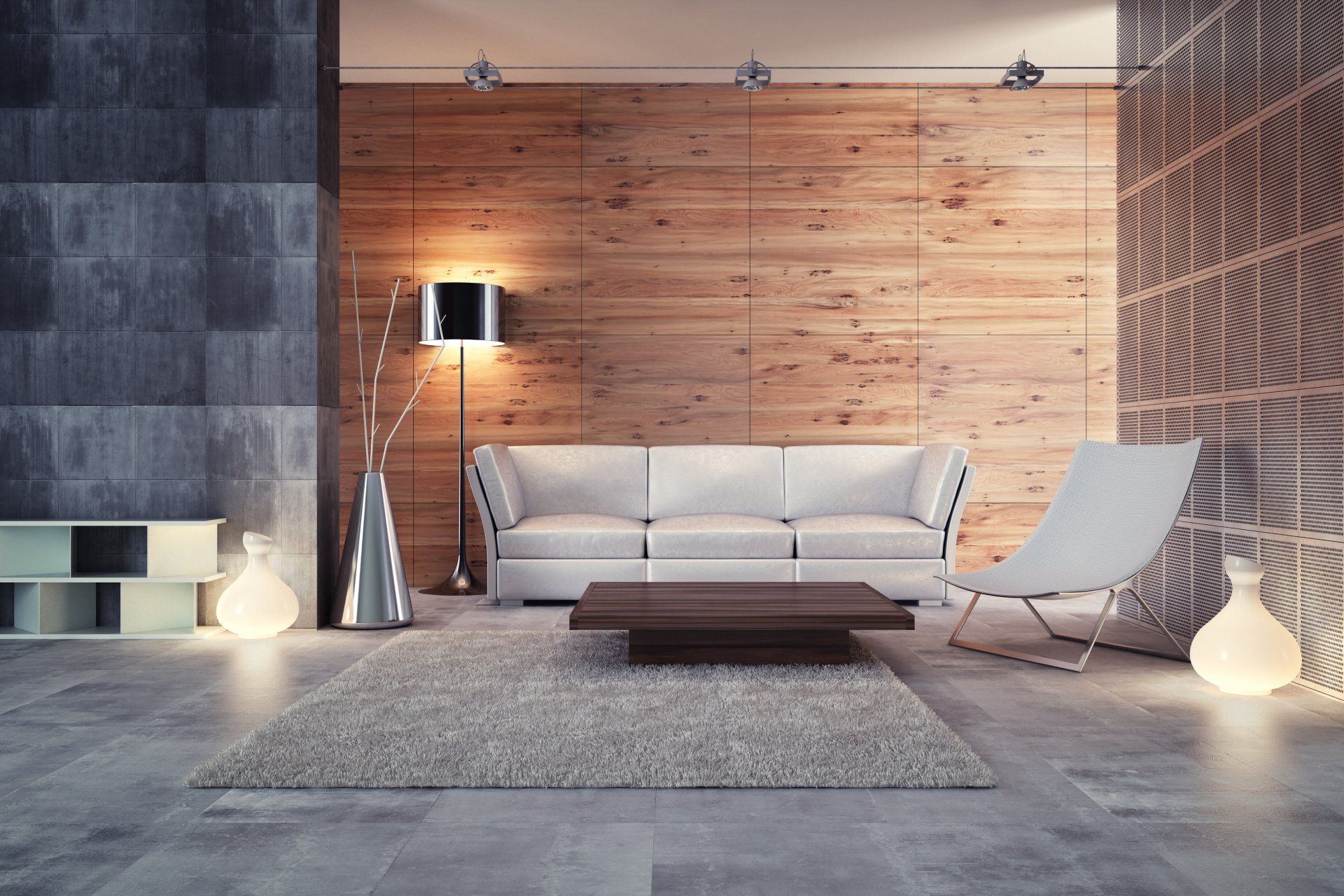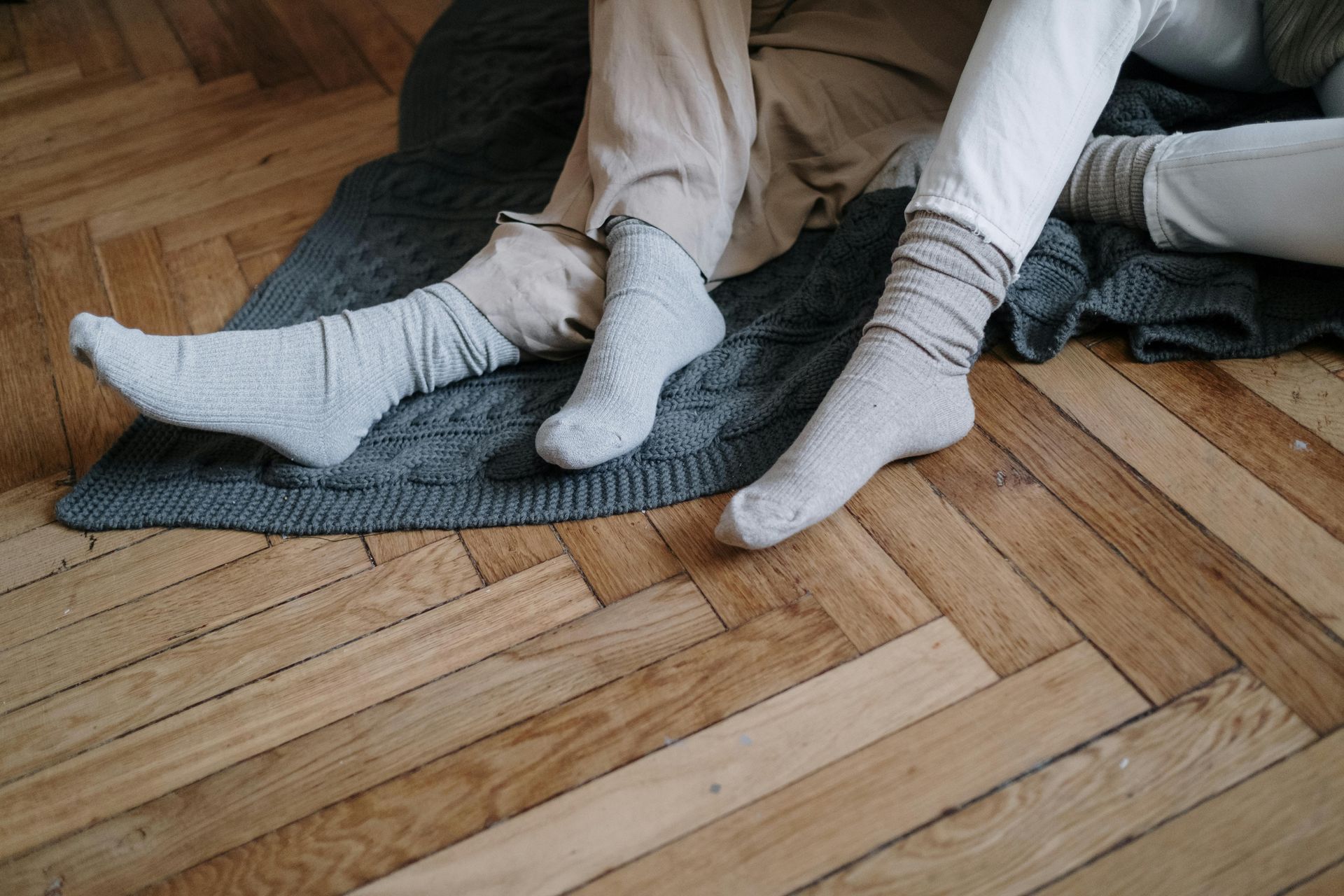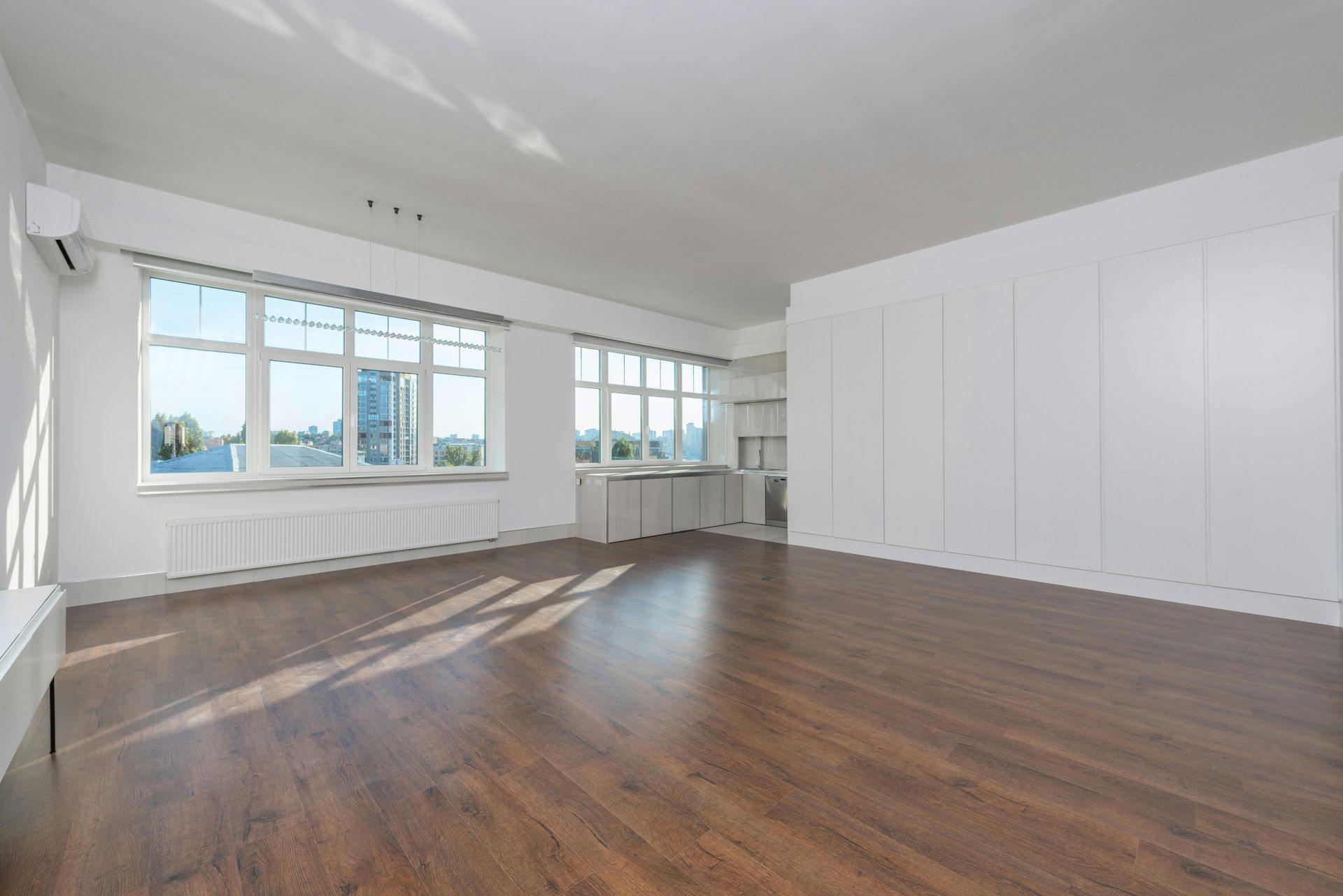Common Types of Natural Stone for Tile Flooring
amrit.p • September 13, 2020
Common Types of Natural Stone for Tile Flooring

Common
Types of Natural Stone for Tile Flooring
Whether you’re working on your kitchen backsplash, fireplace, or living room floor, natural stone is an excellent material worth considering. It’s the perfect combination of style and function. Besides giving your space a warm, earthy vibe, it enhances visual appeal with unique hues and textures that you can’t find in other materials. Plus, natural stone is sturdy and easy to clean, lasting several years with minimal maintenance.
But, it can be difficult to select from different options for tile flooring installation. Madison, WI residents should carefully assess the pros and cons of a particular type of natural stone before deciding on it. Here’s a quick guide to get you started:
Marble
If you’re particular with your room’s aesthetics, consider getting marble. It has a wide range of colors that can help homeowners pull off different interior styles while achieving a consistent, elegant look. Modern designs can benefit from stone pieces with neutral hues. Meanwhile, traditional ones can go with tiles with richer shades.
The downside, though, is that the material is one of the most fragile stones. While marble is heavy, it easily gets broken, making it difficult to work with and maintain. So, calling a company for stone tile flooring
installation in Madison, WI is necessary for precise cutting and smooth application.
Granite
Although natural stones are naturally porous, granite is one of the least absorbent ones. It’s more liquid-resistant than marble and limestone, making it a great choice for the kitchen floor, where spills and stains tend to occur. This igneous rock is also tougher than the two materials. So, you can use it for areas in your house with heavy foot traffic, such as foyers and the living room.
But, when it comes to aesthetics, granite isn’t the first choice that homeowners think about. Though it has a broad selection of colors, it often has speckled patterns, unlike marble, which features elegant swirls and veins.
Travertine
Many homeowners admire this type of limestone for its alluring warm colors. Its veined patterns often come in shades of beige, brown, and tan, which make the room calming and cozy.
But, on the flip side, travertine is one of the least durable stones out there. When it comes to hardness, it falls behind marble. So, the former is ideal only for surfaces with minimal foot traffic, such as the shower floor. It should also be sealed properly and regularly since it’s more porous than igneous rocks.
Get in Touch With a Trusted Flooring Company Today
This guide will help you come up with the right choice for your tile flooring. To learn more tips, get in touch with Floors for Less, your trusted supplier for tile and stacked stone panels in Madison, WI. Our team of experts will further assist you in finding the best option for your needs and goals and provide you with quality installation services. Contact us
today for more details.







